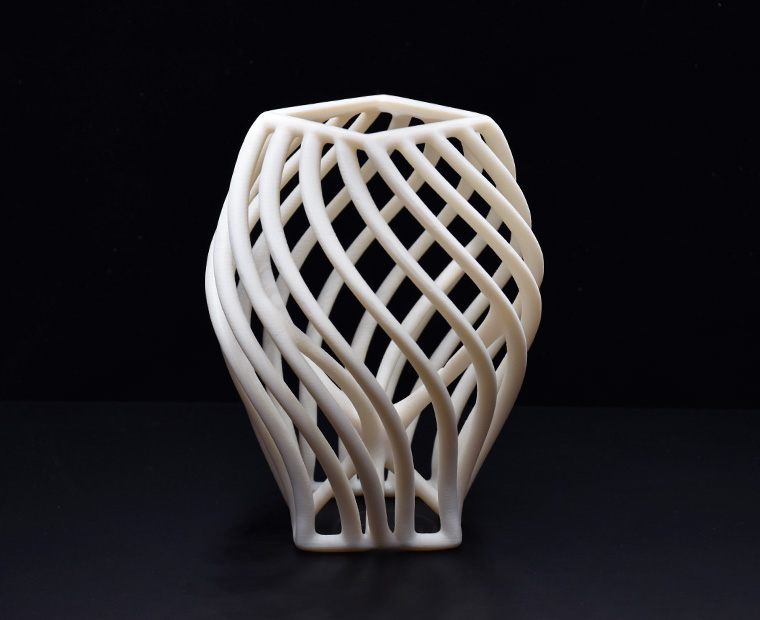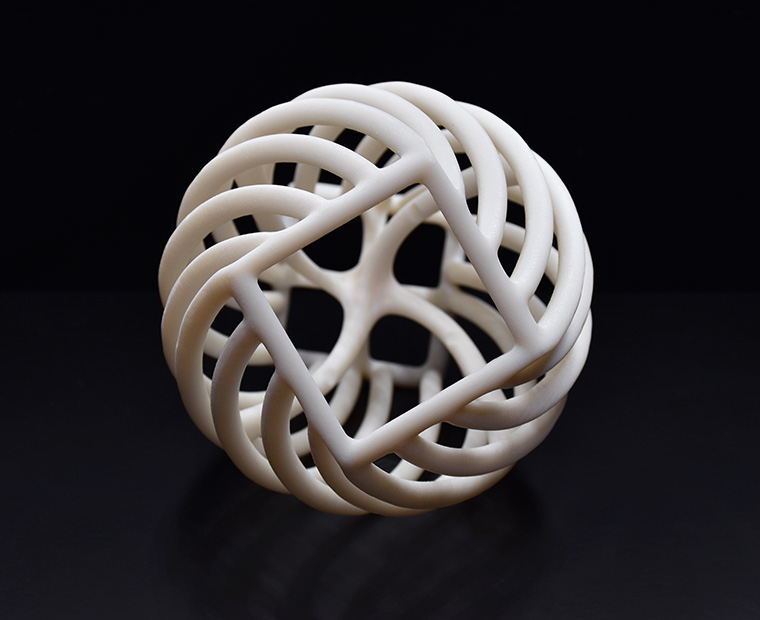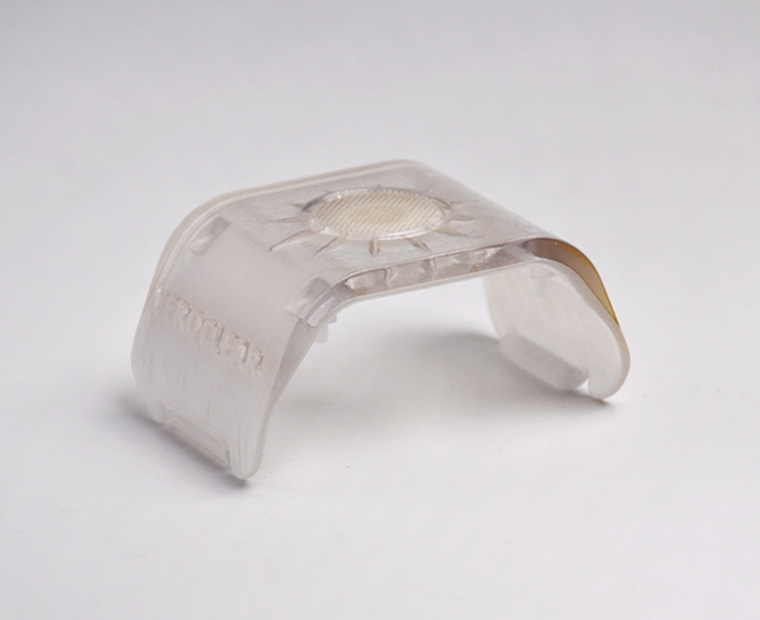VeroWhite 3D printing material
Get your parts 3D printed with our opaque VeroWhite resin. The Polyjet 3D printing technology offers the possibity to create rigid and detailed 3D printed objects. Here are all the information you need to print your 3D model in our VeroWhite resin material.
Colors
-

- Raw
-
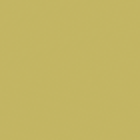
- Dyed Yellow
-

- Dyed Black
-
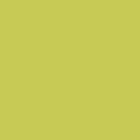
- Painted Neon Yellow
-
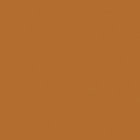
- Painted Neon Orange
-

- Painted Pink
-

- Painted Red
-
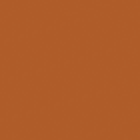
- Painted Orange
-
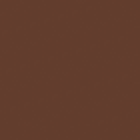
- Painted Brown
-

- Painted Grey
-

- Painted Blue
-

- Painted Green
Finishes
Characteristics
VeroWhite Material Guide
What is VeroWhite Resin?
Our VeroWhite Resin material (opaque PolyJet resin) creates 3D printed objects from a base of photosensitive polymer liquid. That liquid is then solidified by UV light layer by layer to create rigid and highly detailed 3D prints that are comparable to injection molded plastics. This process is called photopolymerization. The final product has a naturally smooth opaque surface.
Our resin 3D prints are originally white. To get more information about the mechanical properties of this material, such as the flexural modulus, youngs modulus, heat deflection, minimum clearance, minimum wall thickness, all technical data, and values, be sure to check the design guidelines section and download the material’s datasheet.
If you want to learn more about how a resin 3D printer works, you can also refer to our Polyjet resin process page.
What to do with VeroWhite material?
Verowhite Resin 3D prints create objects which are particularly smooth and precise. This material is perfect for ornamental objects. VeroWhite (opaque white Polyjet resin) is also often used by large companies when prototyping new designs, this PolyJet material offers the possibility to create really realistic prototypes. But this resin can also be used for creating end-use products due to its high accuracy and smooth surface. Thanks to additive manufacturing everyone from beginning designers to experienced professionals can also benefit from the great freedom of design offered by this material.
Compared with a standard engineering plastic such as standard ABS thermoplastic, VeroWhite photopolymer is stronger and stiffer regarding the industry’s average for tensile strength, flex strength, and flex modulus. However, VeroWhite (rigid opaque resin) is more similar to acrylic than ABS, PC, polypropylene or polyamide. This is why the VeroWhite material is generally designated for light functional testing, patterns, prototypes, and models.
The VeroWhite Resin (opaque Polyjet resin) is suitable for large volumes with small details on it but it is not suitable for wired shapes. However, this material is perfect to give life to complex designs.
With respect to water qualities, VeroWhite resin is water-resistant but not waterproof. Thus the 3D object must not rest in contact with water for extended periods of time. In terms of temperature, if the Verowhite 3D printed part is subjected to heat above 50°C (122°F), it is possible that the physical form of the object can be significantly altered.
Pricing
The printing price of your design is calculated automatically the moment it is uploaded. As you modify your object (changing material, finishing, size, using batch control or hollowing feature, etc.) you will note that the price changes automatically. The pricing is based on a series of factors, including total volume, object size, and bounding box – to name a few.
Keep in mind that adding finishing will extend the processing time. The estimated shipping time is also calculated automatically as the object is uploaded and each time you make a modification on it. Delivery time should be added to processing time.
For more information, check our pricing page.
What is the 3D printing process of VeroWhite Resin?
This resin material is printed using the PolyJet 3D printing process. The 3D print itself is carried out layer by layer within a batch of photosensitive plastic liquid. A UV light passes over where the object will be, hardening the Verowhite liquid with a high level of accuracy. The process of fine layer polymerization is repeated until the object is finished.
After the photopolymerization is completed, the batch is placed under a pressurized water jet. This allows any excess liquid or supports to be removed without human interaction.
Finishing options available for VeroWhite material
The available finishings for our VeroWhite resin are:
- Opaque
- Dyed
- Painted
The objects are printed directly in Verowhite resin. The pieces exit the 3D printer monochromatic but can undergo post-process coloring.
We also 3D print another translucent Polyjet resin material: the VeroClear resin.
| Standard layer thickness | 28µm |
| Maximum size | 203 x 254 x 251 mm |
| Minimum wall thickness | 2mm |
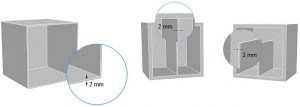
The walls of your object must be thick enough to support the weight of the object without breaking under its own weight. We recommend designing your model with the material’s minimum design standards. A minimum wall thickness of 2 mm is recommended for VeroWhite resin (opaque PolyJet resin).
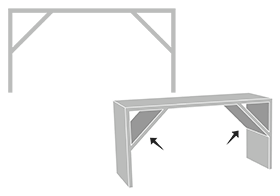
Add a support structure to maintain stability. For example, if you are modeling a bust of a person, you can attach thin aspects of the design like the ears in more places around the model’s head. Doing that will avoid cantilevered and easily breakable elements in the final print.
Sculpteo offers an online solidity check tool which highlights parts of the print that may be too thin for a 3D print. From there you are able to tweak your design in order to create an object that is an appropriate thickness. To use it, you just need to upload your 3D file, select your material and click on the “Verification” tab.
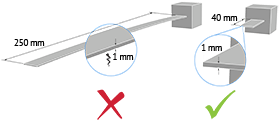
Thin walls supporting large, heavy VeroWhite models can warp under the weight of itself.
Sculpteo offers an online solidity check tool which highlights parts of the print that may be too thin for a print. From there you are able to tweak your design in order to create an object that is an appropriate thickness. To use it, you just need to upload your 3D file, select your material and click on “Verification” tab.
Do not forget
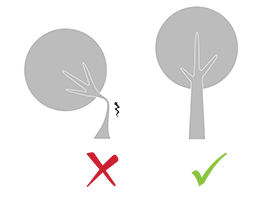
Keep in mind that our solidity check tool does not detect physical aberrations such as floating parts, unstable position, parts supporting too much weight relative to their thickness, etc. Particular care must be given to the geometry of your design and the most stressed parts must be thickened.
| Minimum size of details | 0.2 mm |
| Minimum size | Embossing: 0.5 mm |
| Minimum height and width for a readable text | 0.8mm |
| Enlargement ratio | 1/1 |

A detail’s minimum precision is mainly determined the resolution of our printers. However, during the cleaning process, a fine layer of detail can also be lost. In order for a detail and text to be visible we recommend following our recommended sizes at the very least. To ensure details will be visible, their width should be at least as big as their depth.
| Enclosed parts ? | Yes |
| Interlocking parts ? | Yes |

Our VeroWhite resin material (opaque Polyjet resin) has the ability to print some of the most complex designs of our materials. An example of a complex design is a volume enclosed within another volume or with articulations. Our resin 3D printers have the ability to print in a fully interlocked object out of the printer.
| Minimum spacing between fixed walls | 0.4 mm |
| Minimum clearance between parts | 0.4 mm |

For a successful 3D print a minimum clearance between objects is required to allow removing support material after the process of photopolymerization. If this space is not left within the design, the object will be solid. This is particularly important for articulated objects – as the space left between the walls will define the object’s ability to move.
Reaching deep areas is more difficult while removing support material. For this reason, the deeper the object is the bigger empty space should be.
Clearance should be at least 0.4 mm, however that is the minumum for small objects. Larger objects require more space between their parts.
| Assembly ? | Yes |
| Minimum space | 0.4 mm |

Objects printed in polyamide can be printed to be assembled. As long as a width of at least 0.5 mm is left between the different parts of the object.
| Hollowing ? | Yes |

Our online hollowing optimization tool has the ability to greatly reduce the price of a print by reducing the amount of material used.
Using the tool requires adding two holes to your model, which will serve as the drain for the excess powder material within the object. The minimum size of these holes is determined by our website. Otherwise it is possible to hollow your object manually in your 3D modeling software.
| Files with Multiple Objects ? | No |

It is not possible to upload a file to be printed in VeroClear resin (translucent Polyjet resin) with multiple objects.
Related blog posts:
Ready to 3D print with VeroWhite?
With Sculpteo’s online 3D printing service you’re just a few clicks away from professional VeroWhite 3D printing. Your 3D model is printed with the highest quality and delivered straight to your door.
Get started now!


 Connect with Google
Connect with Google Connect with Facebook
Connect with Facebook